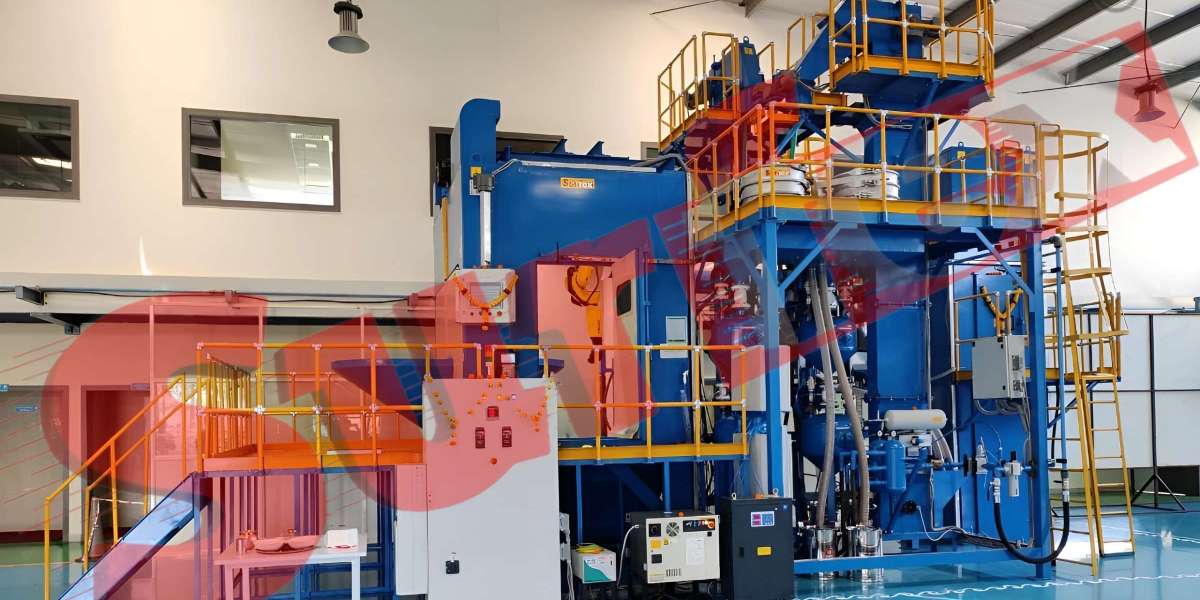Cancer pain is a common and often debilitating symptom experienced by patients at various stages of the disease. Effective pain management is crucial not only for improving quality of life but also for enhancing overall treatment outcomes. This article explores various pain management techniques available to cancer patients, including pharmacological approaches, complementary therapies, and lifestyle modifications.
Understanding Cancer Pain
Cancer pain can arise from several sources, including the tumor itself, treatments like surgery or chemotherapy, and other related conditions. The pain may be acute or chronic and can manifest as sharp, dull, aching, or burning sensations. Factors influencing the type and intensity of pain include the location of the cancer, its stage, and individual patient differences.
Pharmacological Approaches
Analge sics
The cornerstone of cancer pain management is medication. The World Health Organization (WHO) developed a three-step analgesic ladder to guide treatment:
Step 1
Non-opioid analgesics such as acetaminophen and nonsteroidal anti-inflammatory drugs (NSAIDs) are used for mild to moderate pain.
Step 2
Weak opioids like codeine or tramadol are added for moderate pain that does not respond to non-opioids.
Step 3
Strong opioids such as morphine or oxycodone are prescribed for severe pain. These medications can be adjusted based on individual needs and may be combined with adjuvant therapies.
Adjuvant Medications
In addition to primary analgesics, certain medications can enhance pain relief:
Antidepressants
Tricyclic antidepressants and selective serotonin reuptake inhibitors (SSRIs) can help manage neuropathic pain.
Anticonvulsants:
Medications like gabapentin and pregabalin are effective for nerve-related pain.
Corticosteroids
These may reduce inflammation and swelling associated with tumors.
Patient-Controlled Analgesia (PCA)
PCA allows patients to self-administer predetermined doses of pain medication through a pump. This method empowers patients to manage their pain more effectively while minimizing the risk of overdose.
Interventional Techniques
Nerve Blocks
Nerve blocks involve injecting anesthetics around specific nerves to interrupt pain signals. This technique can provide temporary or long-lasting relief, especially for localized pain.
Neurolytic Blocks
In cases where conventional methods fail, neurolytic blocks involve injecting substances that destroy nerve tissue responsible for transmitting pain signals. This approach can offer significant relief for patients with severe, unmanageable pain.
Intrathecal Drug Delivery Systems
For patients with refractory pain, intrathecal pumps deliver medications directly into the spinal fluid, allowing for lower doses and reduced side effects compared to systemic administration.
Complementary Therapies
In addition to pharmacological treatments, many cancer patients find relief through complementary therapies that address both physical and emotional aspects of pain:
Acupuncture
This traditional Chinese medicine technique involves inserting thin needles at specific points on the body to stimulate energy flow (Qi). Research suggests acupuncture can effectively alleviate cancer-related pain and improve overall well-being.
Massage Therapy
Therapeutic massage can reduce muscle tension, promote relaxation, and enhance circulation. Many cancer patients report improved comfort and reduced anxiety after massage sessions.
Physical Therapy
Tailored exercise programs designed by physical therapists can help improve mobility, reduce stiffness, and enhance overall physical function in cancer patients.
Transcutaneous Electrical Nerve Stimulation (TENS)
TENS uses low-voltage electrical currents applied through the skin to relieve pain by stimulating nerve fibers and blocking pain signals sent to the brain.
Mind-Body Techniques
Meditation
Mindfulness meditation can help reduce stress and anxiety while improving emotional well-being.
Yoga
Gentle yoga practices have been shown to alleviate symptoms of anxiety and depression while improving flexibility and strength.
uided Imagery
This technique involves using visualization to create calming mental images that promote relaxation and reduce perceptions of pain.
Music Therapy
Engaging with music—whether through listening or performing—can distract from pain and promote relaxation. Studies show that music therapy can effectively reduce anxiety and improve mood in cancer patients.
Hypnosis
Hypnotherapy has been found effective in managing various types of pain, including cancer-related discomfort. It helps patients enter a relaxed state where they can focus on positive imagery or suggestions that alleviate their awareness of pain.
Heat and Cold Therapy
Heat Therapy
Applying heat through warm packs or baths can relax muscles and improve blood flow, helping alleviate muscle spasms or tension.
Cold Therapy
Ice packs or cold compresses can reduce inflammation and numb painful areas, particularly after surgical procedures or during flare-ups of localized pain.
Lifestyle Modifications
Nutrition:
A balanced diet rich in anti-inflammatory foods—such as fruits, vegetables, whole grains, lean proteins, and healthy fats—can support overall health and potentially mitigate some cancer-related symptoms.
Hydration
Staying well-hydrated is essential for maintaining energy levels and overall health during treatment.
Sleep Hygiene
Quality sleep is crucial for managing both pain and stress levels. Establishing a regular sleep routine, creating a comfortable sleep environment, and avoiding stimulants before bedtime can improve sleep quality.
Stress Reduction Techniques
Reducing stress is vital in managing cancer-related pain effectively. Techniques such as deep breathing exercises, progressive muscle relaxation, or engaging in hobbies can help lower stress levels.
Support Systems
Counseling Services
Psychological support through counseling or support groups can help patients cope with the emotional aspects of living with cancer-related pain.
Palliative Care Team
Palliative care focuses on providing relief from symptoms associated with serious illnesses like cancer. These specialized teams work alongside oncologists to ensure comprehensive management of both physical symptoms and emotional well-being.
Family Support
Encouragement from family members can significantly impact a patient’s ability to cope with pain. Open communication about feelings regarding treatment options fosters a supportive environment conducive to healing.
Conclusion
Managing cancer-related pain requires a multifaceted approach that encompasses pharmacological interventions, complementary therapies, lifestyle modifications, and strong support systems. By integrating these techniques into a comprehensive treatment plan tailored to individual needs, healthcare providers can significantly enhance the quality of life for cancer patients experiencing pain.
Understanding the complex nature of cancer pain management empowers patients to actively participate in their care journey while exploring diverse options available for alleviating discomfort associated with their condition. Ultimately, effective pain management not only improves physical well-being but also contributes positively to emotional health during challenging times faced by individuals battling cancer.








